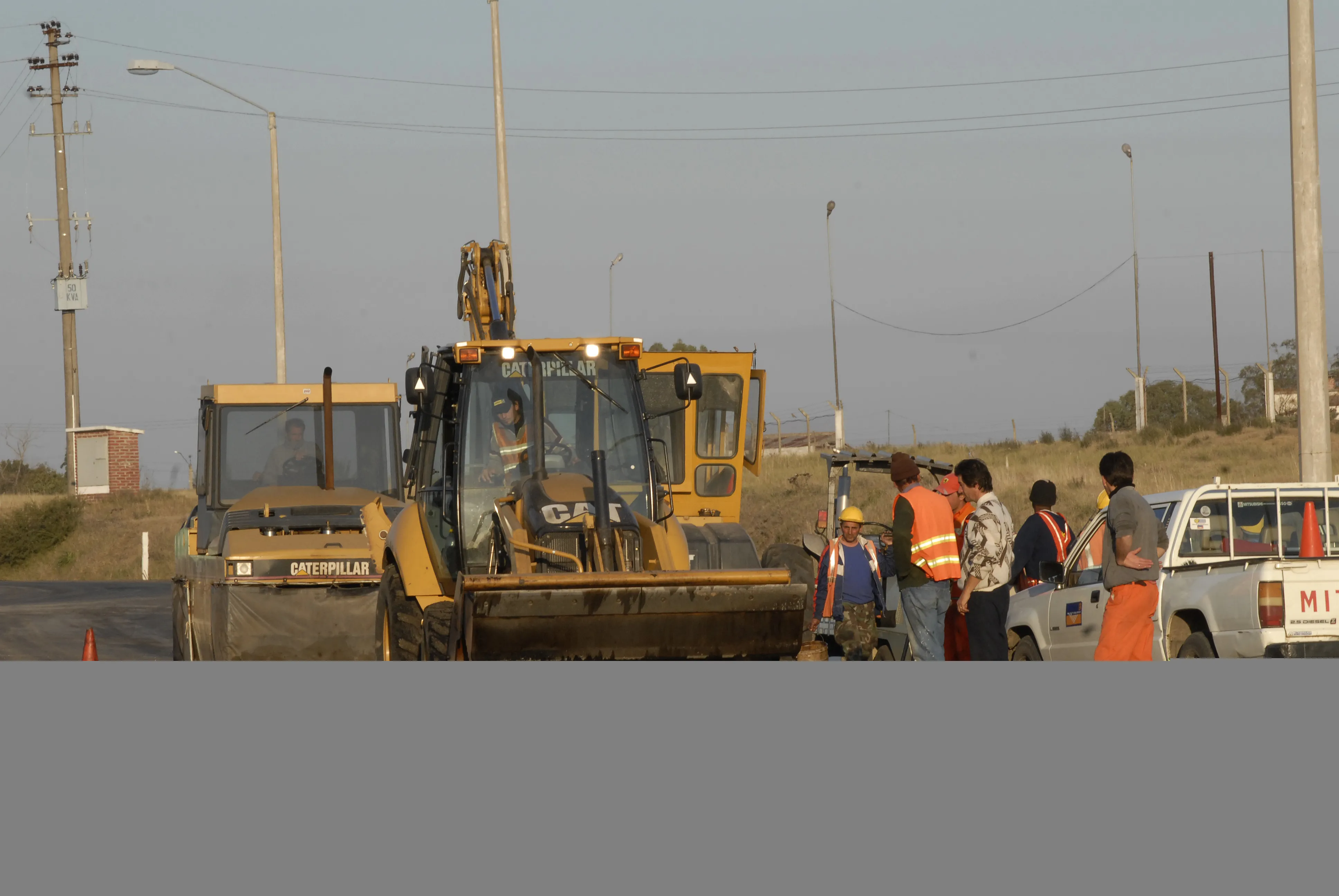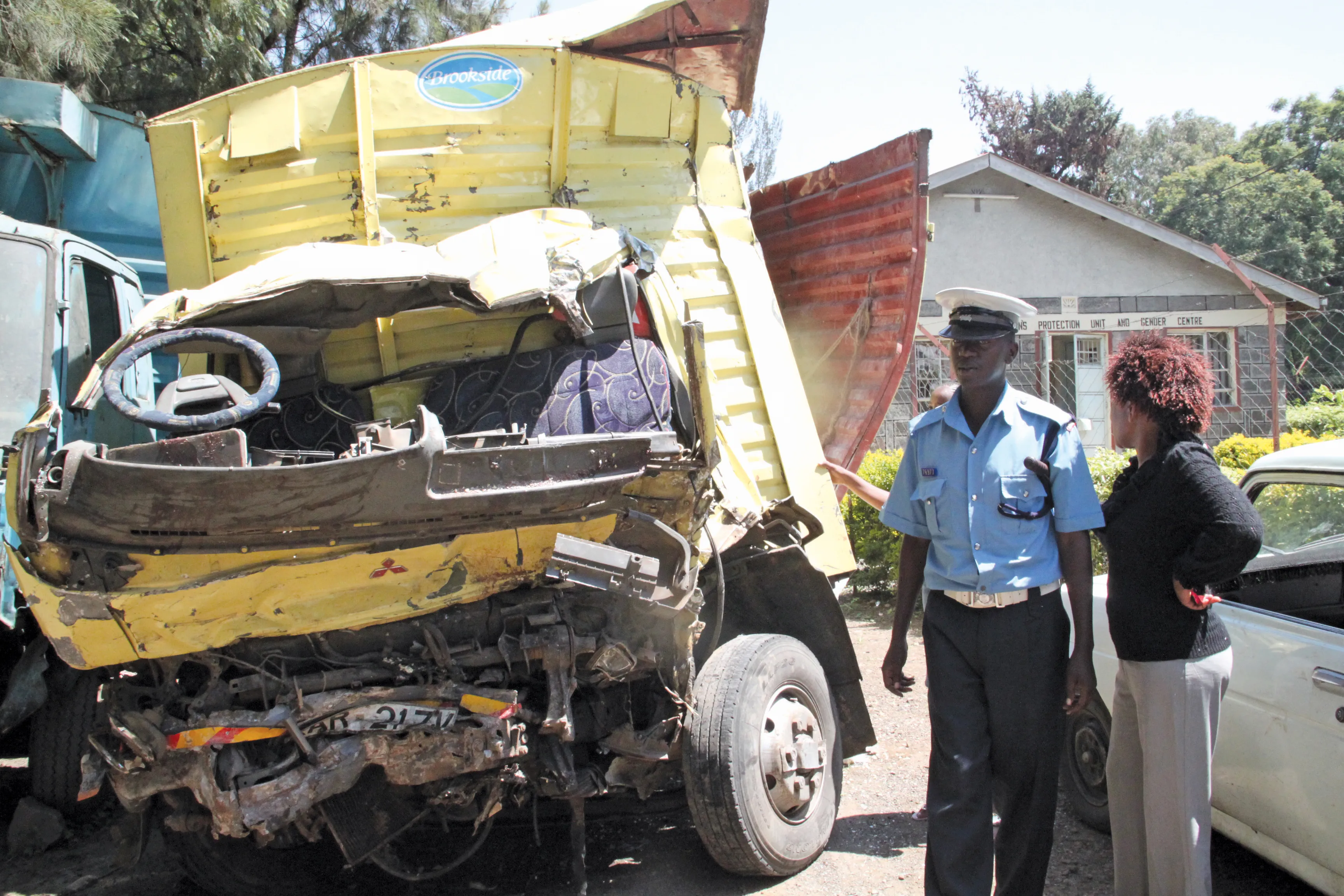Red tape and bureaucracy are to blame for delays to Peru’s highway concessions. Infrastructure association Afin cites these as the reasons the majority of Peru’s highway concessions have been held up, by as much as 10 years in certain instances. Business News Americas reports that so far, only 15% of Peru's 78,000km road network, around 12,445km, is paved according to Afin.
The country has a particular need to revamp three major highways according to Afin: the 2,600km Pan- American highway, the 3,500km And
January 12, 2015
Read time: 2 mins
Red tape and bureaucracy are to blame for delays to Peru’s highway concessions. Infrastructure association Afin cites these as the reasons the majority of Peru’s highway concessions have been held up, by as much as 10 years in certain instances. Business News Americas reports that so far, only 15% of Peru's 78,000km road network, around 12,445km, is paved according to Afin.
The country has a particular need to revamp three major highways according to Afin: the 2,600km Pan- American highway, the 3,500km Andean longitudinal highway and the 1,800km jungle longitudinal highway, as well as link roads. Afin says that Peru's central highway generally carries around handles 5,000 vehicles/day but up to 20,000 vehicles/day at holiday periods. And around 30% of the country’s 90,000/year recorded traffic crashes happen on the central highway, highlighting the need for improvements.
Afin says that both the central highway and the Pan-American highway require upgrades to boost safety and cut delays at peak periods. However a new tunnel is needed for the central highway while 900km of the Pan-American highway is still to go to tender. Meanwhile work on the Trujillo-Pativilca highway is only 39% complete, despite the tender being awarded in 2009. And the Sullana-Trujillo highway is only 17% complete, despite being awarded in 2010. The Red Víal 6 highway was awarded in 2005 but is only 40% complete.
The country has a particular need to revamp three major highways according to Afin: the 2,600km Pan- American highway, the 3,500km Andean longitudinal highway and the 1,800km jungle longitudinal highway, as well as link roads. Afin says that Peru's central highway generally carries around handles 5,000 vehicles/day but up to 20,000 vehicles/day at holiday periods. And around 30% of the country’s 90,000/year recorded traffic crashes happen on the central highway, highlighting the need for improvements.
Afin says that both the central highway and the Pan-American highway require upgrades to boost safety and cut delays at peak periods. However a new tunnel is needed for the central highway while 900km of the Pan-American highway is still to go to tender. Meanwhile work on the Trujillo-Pativilca highway is only 39% complete, despite the tender being awarded in 2009. And the Sullana-Trujillo highway is only 17% complete, despite being awarded in 2010. The Red Víal 6 highway was awarded in 2005 but is only 40% complete.








